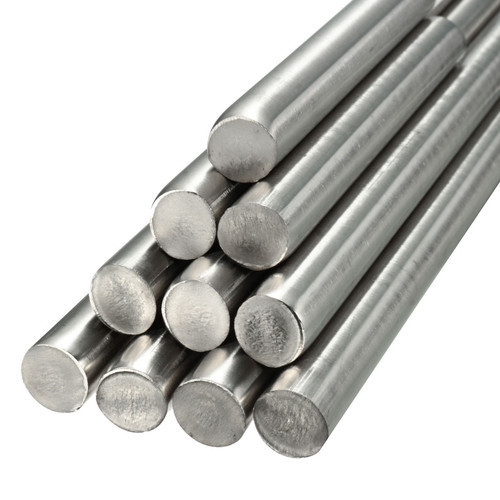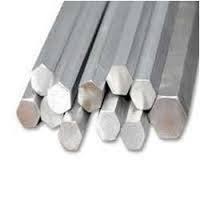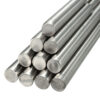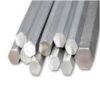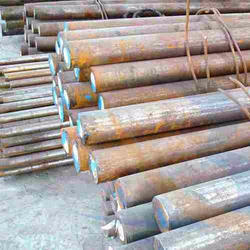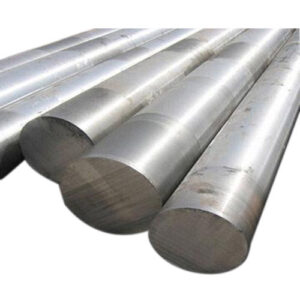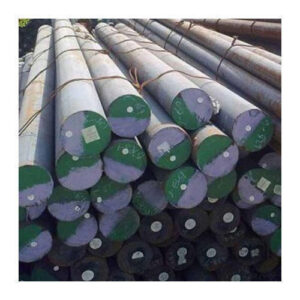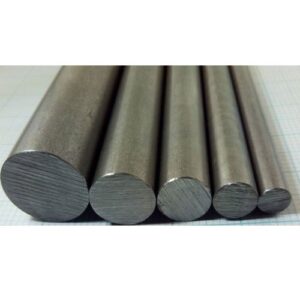EQUIVALENT GRADES OF EN1A STEEL ARE AS FOLLOWS
- AISI – 1213 ,1215
- BS970: 1991 – 230M07
- Werkstoff – 1.0715
- Related European grades: 9SMn28, BS En 11SMn30
Chemical composition
| Element | Min | Max |
| Carbon, C | 0.07 | 0.15% |
| Manganese, Mn | 0.8 | 1.20% |
| Silicon, Si | 0 | 0.10% |
| Sulfur, S | 0.2 | 0.3 |
| Phosphorous, P | 0 | 0.07 |
Mechanical Properties
| Max Stress | 370-480 n/mm2 Min | dependent on ruling section |
| Yield Stress | 240-400 n/mm2 Min | dependent on ruling section |
| 0.2% Proof Stress | 225-360 n/mm2 Min | dependent on ruling section |
| Elongation | 6-10% Min | dependent on ruling section |
EN1A Equivalents
| S970: 1955 | EN1A |
| BS970/PD970: 1970 onwards | 230M07 |
| European | 9SMn28, BS En 11SMn30 |
| Worst-off No. | 1.0715 |
| US SAE (AISI) | 1213, 1215 |
Heat Treatment
-
- Carbonisation of EN1A bright mild steel takes place at 900-950oC (1652oF- 1742oF) then it is furnace or air cooled.
- En1A can be tempered at 180-210 oC (356 oF- 410oF) then should be left to cool in air.
- The mild steel can be hardened at 780-800oC (1436oF- 1472oF) then quenched in oil or water. However this is difficult to do with EN1A and is not recommended.

